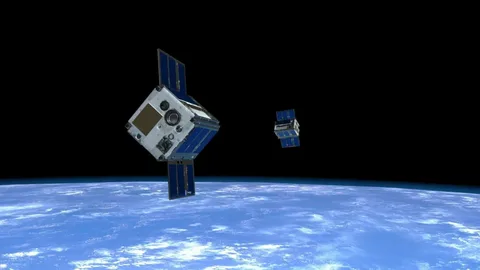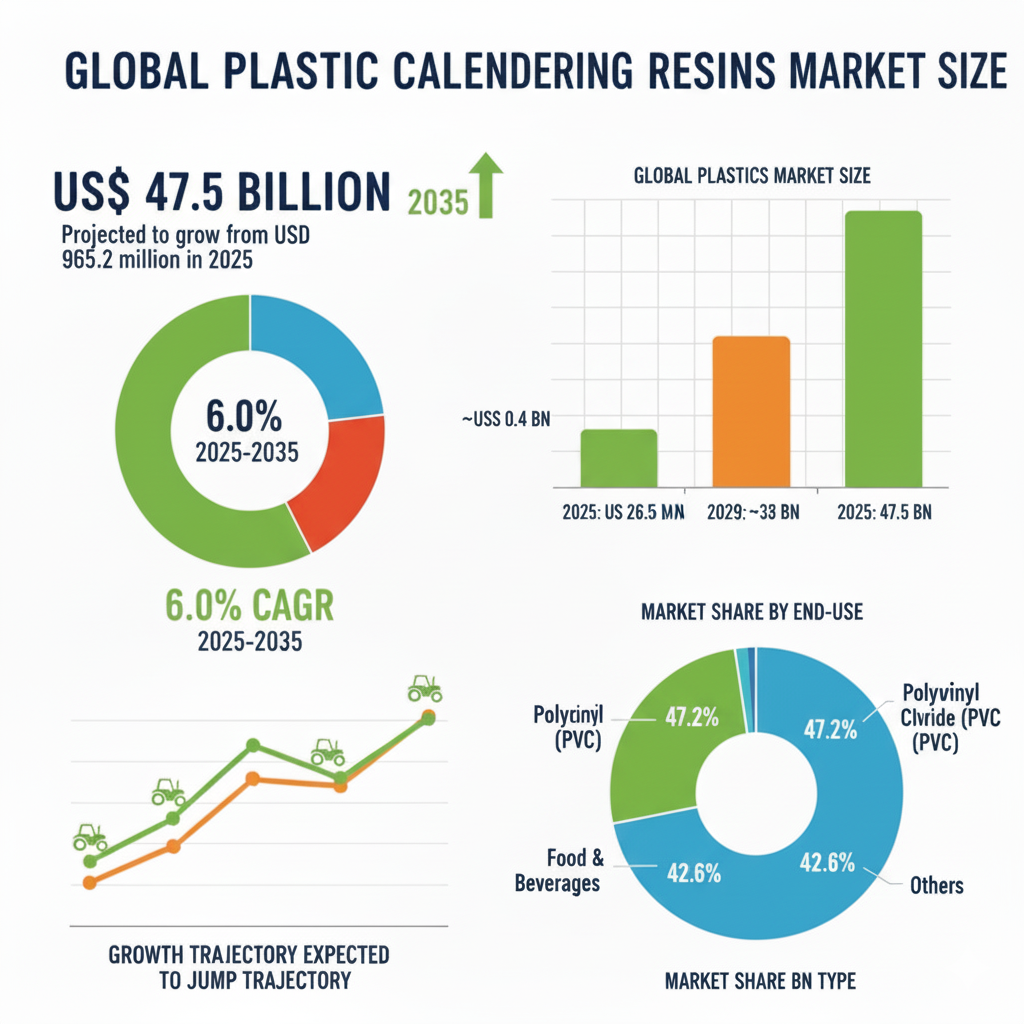The global small satellite market is projected to grow from USD 6,654.7 million in 2025 to USD 21,950.8 million by 2035, propel by advancements in satellite technology, expansion of communication networks and rising demand for earth observation. The market will experience adoption across different sectors as the military, communication, and scientific sectors turn to improve global connectivity and data-driven decision-making with a CAGR of 12.7%.
Once dominated by large, government-led missions, the space industry is undergoing a dramatic transformation with the rise of small satellites. Compact, cost-effective, and versatile, small satellites are opening new frontiers for commercial ventures, scientific research, defense applications, and communication networks.
As demand for space-based services accelerates, the small satellite market is reshaping how organizations launch, operate, and leverage assets in orbit—ushering in a more agile, scalable, and democratized era of space exploration.
Get Ahead with Our Report: Request Your Sample Now!
Agile Platforms Enabling Diverse Missions
Small satellites, often referred to as smallsats, include a wide range of satellite classes—microsatellites, nanosatellites, CubeSats, and more. Their compact size and reduced development timelines make them ideal for missions that require flexibility, rapid deployment, and cost-efficiency.
From Earth observation and climate monitoring to telecommunications and scientific experimentation, small satellites are being used for a broad spectrum of tasks once reserved for their larger counterparts. They enable organizations to test new technologies, deploy targeted services, and collect critical data with minimal financial and logistical barriers.
Commercial Space Economy Gains Momentum
The emergence of commercial space players is fueling the growth of the small satellite market. Private companies are leveraging smallsats to deliver broadband internet, track assets globally, and offer data-as-a-service platforms for industries such as agriculture, energy, and logistics.
These commercial ventures are challenging traditional space business models by introducing subscription-based satellite services, vertically integrated operations, and constellations of networked satellites that operate cooperatively in low Earth orbit. This shift is expanding market accessibility and encouraging innovation across industries.
Government and Defense Applications Expand
Government agencies and defense organizations are increasingly adopting small satellites for surveillance, reconnaissance, and secure communications. Their ability to be deployed quickly and in multiples makes them valuable assets for real-time intelligence and situational awareness.
Smallsats also play a role in disaster response, border monitoring, and environmental protection, providing timely imagery and data to support decision-making during emergencies or large-scale events.
Exhaustive Market Report: A Complete Study
Low Earth Orbit and Mega-Constellations
Most small satellites operate in low Earth orbit (LEO), which offers reduced latency and improved resolution for Earth-facing instruments. The growth of mega-constellations—large networks of interconnected satellites—is driving demand for standardized, modular smallsat platforms capable of mass production and rapid deployment.
These constellations are set to deliver global coverage for broadband services, remote sensing, and navigation, contributing to global connectivity and closing the digital divide in underserved regions.
Launch Innovations Accelerate Deployment
As the number of small satellites in development grows, so too does the need for responsive, affordable launch services. Dedicated small satellite launch vehicles, rideshare programs, and space tugs are emerging to serve this niche, reducing launch wait times and costs.
Miniaturized satellite buses and plug-and-play payload interfaces are also making integration and launch preparation more efficient, supporting frequent missions and mission flexibility.
Advances in Technology and Manufacturing
Technological innovation is a driving force in the small satellite market. Miniaturization of electronics, improvements in solar power systems, and enhanced onboard processing are expanding the capabilities of smallsats without increasing their size or weight.
Additive manufacturing, modular designs, and standardized components are reducing production cycles and enabling scalable production models. These advances are making small satellite development more accessible to startups, universities, and research institutions around the world.
Challenges in Space Traffic and Spectrum Allocation
Despite their advantages, small satellites contribute to growing concerns around space congestion and orbital debris. The rise in satellite deployments demands better coordination, collision avoidance protocols, and end-of-life disposal strategies.
Additionally, spectrum allocation for small satellite communications is becoming increasingly competitive, requiring regulatory alignment and international cooperation to ensure uninterrupted service and safe operations in shared orbital environments.
The Future: Interconnectivity, Autonomy, and Space Services
Looking ahead, the small satellite market is poised to support a new wave of space-based infrastructure. Autonomous operations, inter-satellite communications, and onboard AI will enable smallsats to collaborate, adapt, and function as distributed systems in orbit.
Emerging applications such as in-space manufacturing, satellite servicing, and deep-space exploration will further expand the role of smallsats in the broader space economy. Innovations in propulsion, thermal control, and radiation shielding are expected to unlock even more ambitious missions.
Empowering Access to Space for All
Small satellites are redefining what’s possible in space by lowering barriers and enabling faster innovation. Their impact goes beyond hardware—they are fueling scientific discovery, commercial opportunity, and global connectivity.
As governments, enterprises, and innovators look to the stars for solutions, the small satellite market stands as a key enabler of the next chapter in space development—one that is faster, more inclusive, and filled with possibilities.
Drive Your Business Growth Strategy: Checkout the Report for Key Insights!
About Future Market Insights (FMI)
Future Market Insights, Inc. (ESOMAR certified, recipient of the Stevie Award, and a member of the Greater New York Chamber of Commerce) offers profound insights into the driving factors that are boosting demand in the market. FMI stands as the leading global provider of market intelligence, advisory services, consulting, and events for the Packaging, Food and Beverage, Consumer Technology, Healthcare, Industrial, and Chemicals markets. With a vast team of 400 analysts worldwide, FMI provides global, regional, and local expertise on diverse domains and industry trends across more than 110 countries.
Contact Us:
Future Market Insights Inc.
Christiana Corporate, 200 Continental Drive,
Suite 401, Newark, Delaware – 19713, USA
T: +1-845-579-5705
For Sales Enquiries: sales@futuremarketinsights.com
Website: https://www.futuremarketinsights.com
LinkedIn| Twitter| Blogs | YouTube





